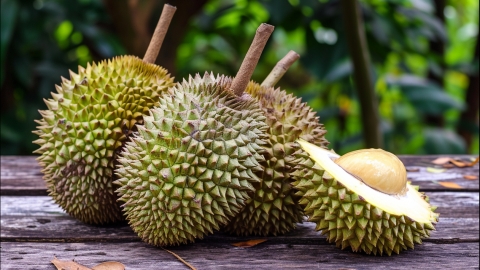What fruits should patients with chickenpox avoid eating?
Patients with chickenpox generally should avoid eating fruits such as lychee, mango, durian, longan, and pineapple. If any abnormalities occur, prompt medical attention is recommended. Detailed explanations are as follows:

1. Lychee: Lychee is a warm-natured fruit that may exacerbate internal heat in patients with chickenpox. Consumption may intensify skin inflammation, delay rash resolution, and potentially cause throat discomfort.
2. Mango: Mango is sweet and may trigger allergies. Since patients with chickenpox have skin blisters, consuming mango may irritate the skin, increase the risk of allergic reactions, and worsen symptoms such as itching.
3. Durian: Durian is a high-heat fruit with high caloric content. Patients with chickenpox consuming durian may experience accumulation of internal heat, potentially prolonging the illness. It may also burden the gastrointestinal system and hinder recovery.
4. Longan: Longan has a warm nature and sweet taste. Consumption by patients with chickenpox may promote internal heat pathogens, leading to increased rashes or intensified itching, which is detrimental to recovery. It is especially unsuitable for consumption during fever.
5. Pineapple: Pineapple contains certain irritants that may stimulate oral and skin mucous membranes. Consumption by patients with chickenpox may worsen skin discomfort and potentially cause gastrointestinal reactions, affecting nutrient absorption.
When selecting fruits, patients with chickenpox should prioritize mild varieties rich in vitamins. If discomfort occurs after consuming a particular fruit, consumption should be stopped immediately. A light diet should be maintained, and if symptoms worsen, consulting a healthcare professional is advised.




